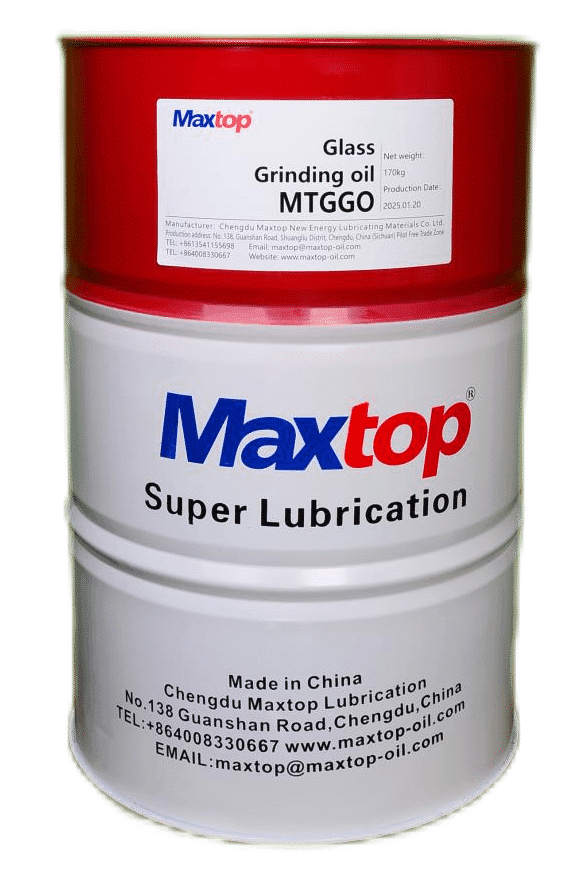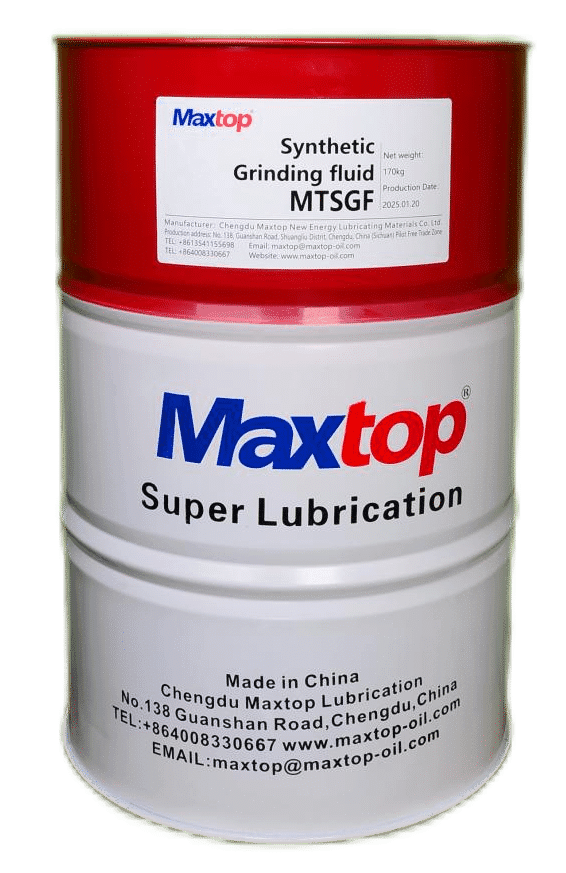The Impact of Base Oil on the Quality of Heat transfer fluid
The Importance of Base Oil Selection in Heat Transfer Fluids
Selecting the appropriate base oil is crucial to ensuring the efficiency, reliability, and longevity of heat transfer systems. An unsuitable base oil can compromise system stability, accelerate fluid degradation, and result in costly maintenance or operational failure.
1. Base Oil Type and Performance Characteristics
Base oils vary significantly in thermal and oxidative stability—two key performance parameters in high-temperature heat transfer applications.
-
Thermal Stability Ranking:
-
Aromatic hydrocarbons
-
Naphthenic oils
-
Paraffinic hydrocarbons
-
Aromatic oils exhibit superior resistance to thermal degradation, making them well-suited for sustained high-temperature operation. However, they are more vulnerable to oxidative attack when exposed to air or other sources of oxygen.
-
Oxidation Stability Ranking:
-
Paraffinic hydrocarbons
-
Naphthenic oils
-
Aromatic hydrocarbons
-
In contrast, paraffinic oils offer better oxidation stability, though they are less resistant to thermal stress. This tradeoff highlights the need to carefully balance thermal and oxidative demands when selecting a base oil.
2. Refining Depth and Its Impact on Fluid Quality
The extent of refining profoundly influences the purity and long-term performance of heat transfer fluids. Higher refining levels remove unstable or reactive components, enhancing resistance to coking, oxidation, and viscosity changes.
Refining Quality Hierarchy:
-
Deep hydrocracked base oils (high-pressure hydrogenation)
-
Medium-pressure hydrotreated base oils
-
Low-pressure hydrotreated and acid-washed oils
-
Solvent-refined base oils
-
Re-refined oils
Poorly refined oils retain elevated concentrations of sulfur, nitrogen, oxygen compounds, unsaturated hydrocarbons, and polycyclic aromatic species—all of which catalyze fluid degradation, particularly under thermal and oxidative stress.
3. Limitations of Commercial Naphthenic Oils
Naphthenic base oils, though useful in some applications, often suffer from insufficient refining. Many commercial products contain high levels of unstable aromatic compounds, including polycyclic aromatics, which readily undergo polymerization at elevated temperatures.
Such instability can lead to the rapid formation of varnish, sludge, and coke—especially in systems operating continuously at or above 300 °C. In documented cases, inadequately refined mineral or re-refined oils have shown viscosity increases exceeding 30% within six months, along with severe fouling and system contamination.
4. Advantages of Synthetic Aromatic Heat Transfer Fluids
Synthetic aromatic compounds offer a superior alternative for demanding thermal applications. Fluids based on molecules such as hydrogenated terphenyls, dibenzyl toluene, biphenyl/diphenyl ether mixtures, and diisopropylnaphthalene deliver exceptional thermal and oxidative stability.
Key benefits of these fluids include:
-
High aromatic ring saturation
-
Ultra-low impurity levels
-
Excellent long-term stability at high temperatures
-
Reduced fouling and extended fluid life
Their stability under both thermal and oxidative stress makes them the preferred choice for closed-loop, high-temperature systems operating above 300 °C.
Recommended Fluid Type for High-Temperature Equipment
For equipment subject to continuous operation at elevated temperatures, a synthetic aromatic-based heat transfer fluid is strongly recommended. These fluids offer the best combination of thermal endurance, oxidation resistance, and cleanliness, ensuring optimal system performance and reduced maintenance over time.




